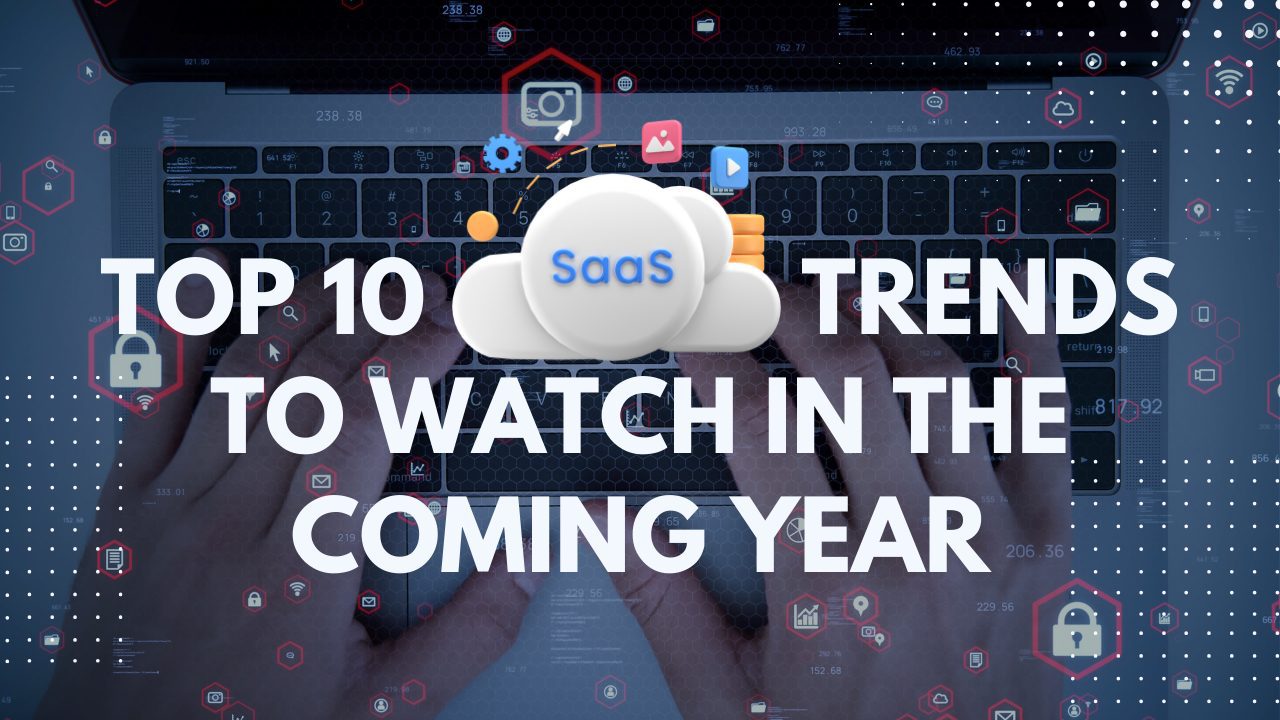The Software-as-a-Service (SaaS) industry continues to grow at an unprecedented pace, transforming how businesses operate and individuals interact with technology. As we approach the new year, the SaaS landscape is poised to evolve further, driven by advancements in technology and changing consumer expectations. In this article, we’ll explore the top 10 SaaS trends to watch in the coming year, offering insights into the innovations shaping the future of this dynamic sector. Explore more about our company on [our homepage].
AI/Machine Learning Integration
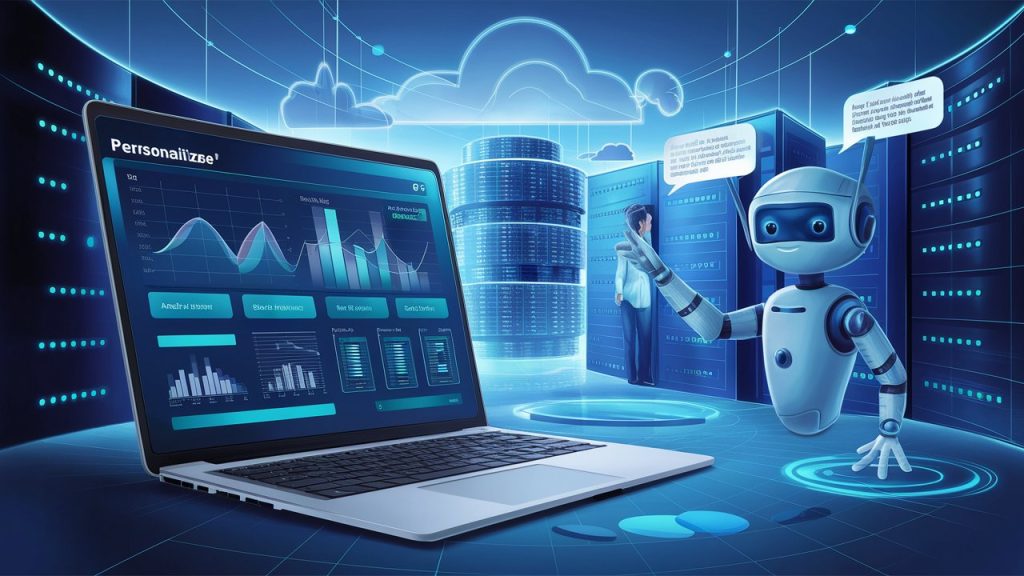
The Integration of AI & ML is redefining the SaaS industry by automating processes, enhancing user experiences, and delivering actionable insights. SaaS platforms are leveraging AI to offer personalized recommendations, predictive analytics, and advanced customer support through AI-driven chatbots.
In addition, machine learning algorithms are being used to process massive datasets, enabling businesses to make informed decisions with real-time data. As AI continues to mature, its integration into SaaS products will only deepen, making services smarter, faster, and more intuitive for users.
Enhanced Security Measures

With the increase in cyber threats, enhanced security measures have become a cornerstone of SaaS development. Data breaches and unauthorized access remain a concern for both providers and users, prompting companies to implement advanced encryption techniques, multi-factor authentication, and zero-trust security frameworks.
In the coming year, cybersecurity-as-a-service will gain traction, allowing organizations to outsource their security needs to SaaS providers. Businesses will also focus on ensuring compliance with global data privacy regulations such as GDPR and CCPA, strengthening their reputation and customer trust.
Vertical SaaS
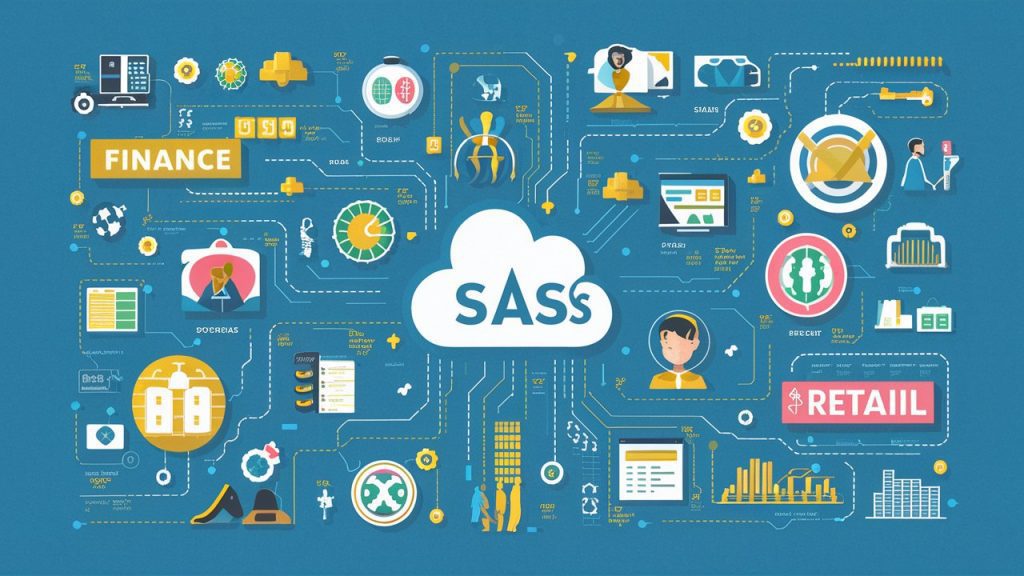
While horizontal SaaS platforms cater to a broad audience, vertical SaaS focuses on industry-specific solutions. From healthcare and retail to real estate and manufacturing, vertical SaaS providers tailor their offerings to meet the unique needs of a particular sector.
This trend allows businesses to adopt tools that address their niche challenges, enhancing productivity and efficiency. With its ability to offer highly specialized solutions, vertical SaaS is set to dominate the market, providing a competitive edge to companies operating in diverse industries. Dive deeper into our [blog posts] for in-depth insights and examples.
Low-Code and No-Code Platforms

The rise of low-code and no-code platforms has democratized software development, enabling individuals with minimal technical expertise to create and deploy applications. These platforms are empowering businesses to streamline workflows, automate processes, and innovate rapidly without relying heavily on IT departments.
In the coming year, SaaS providers will continue to refine low-code and no-code tools, making them more accessible and feature-rich. This trend is particularly beneficial for small and medium-sized enterprises (SMEs), allowing them to compete with larger organizations in terms of agility and innovation.
SaaS for Remote Work
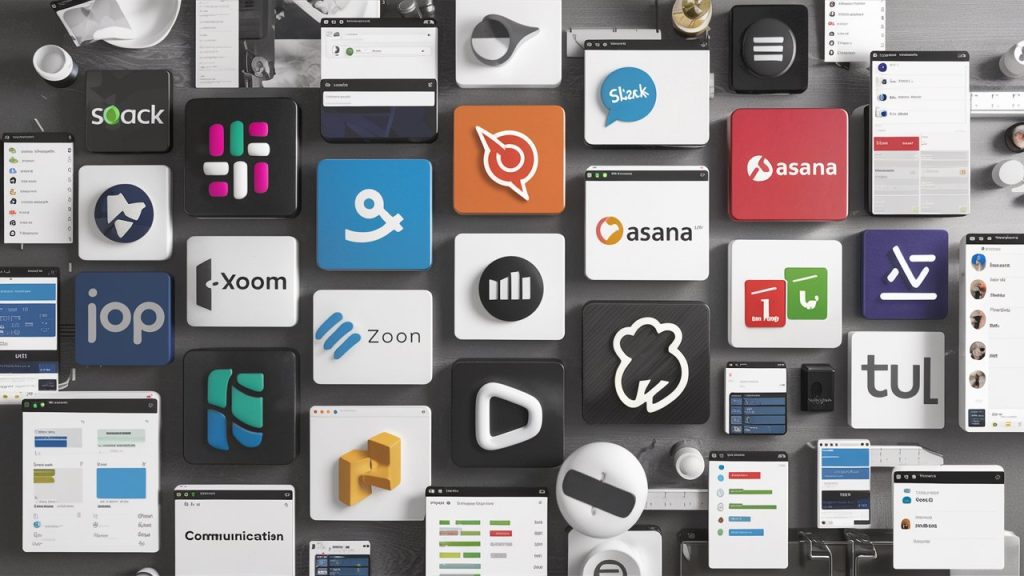
The shift to remote work has accelerated the demand for SaaS solutions designed to facilitate collaboration, communication, and productivity. Tools like Slack, Zoom, and Microsoft Teams have become staples for distributed teams, highlighting the growing reliance on cloud-based platforms.
In the coming year, we can expect SaaS providers to introduce more sophisticated features, such as virtual reality (VR) integration for immersive meetings and AI-powered productivity trackers. These advancements will further enhance the remote work experience, ensuring seamless connectivity and efficiency.
Subscription Model Innovations
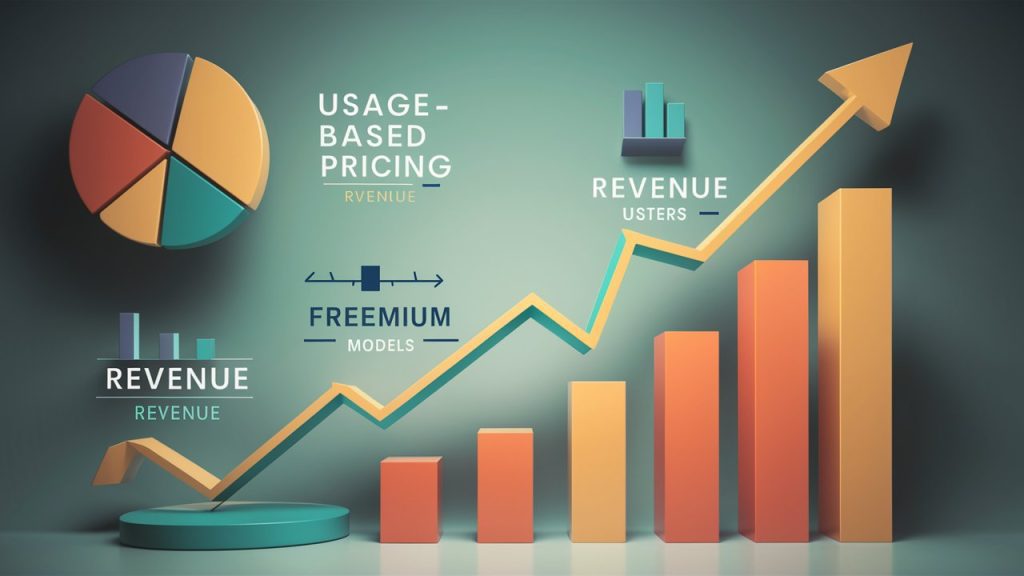
Traditional subscription models are evolving to meet changing customer expectations. SaaS providers are experimenting with Usage-Based Pricing allowing customers to pay only for the resources they use. This approach offers greater flexibility and cost-effectiveness, particularly for businesses with fluctuating needs.
Additionally, freemium models are becoming more prevalent, providing users with access to basic features for free while offering premium functionalities at a cost. This trend encourages user adoption and fosters loyalty, making it a win-win for providers and customers alike.
API-First Development

An API-first approach prioritizes the development of robust application programming interfaces (APIs), enabling seamless integration with third-party tools and services. This trend reflects the growing demand for interoperability and flexibility in SaaS solutions.
API-first development allows businesses to customize their software ecosystems, ensuring that different tools work harmoniously. As companies continue to adopt this approach, SaaS providers will focus on delivering well-documented, scalable, and secure APIs to meet diverse integration needs.
Microservices Architecture
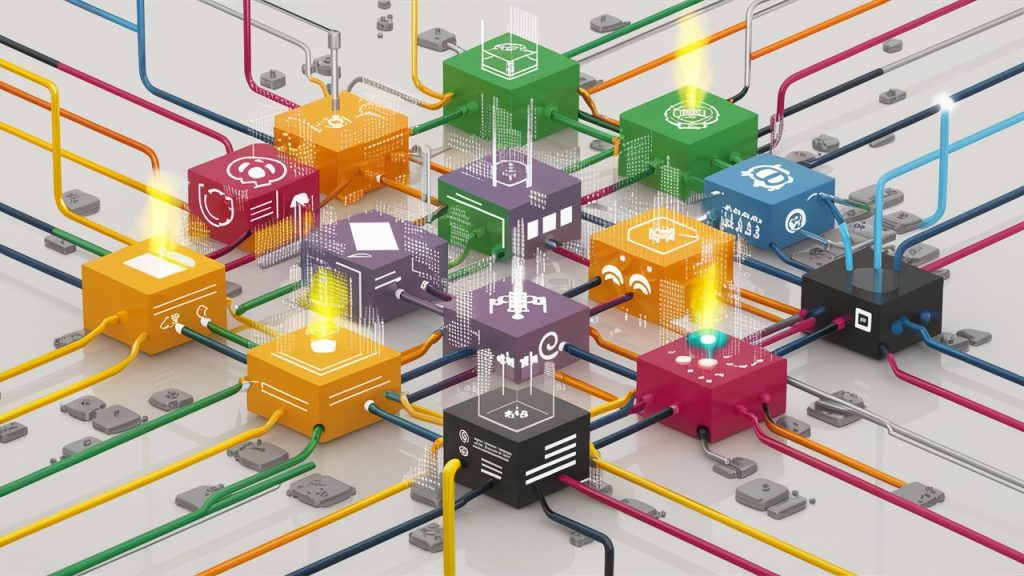
Microservices architecture is gaining momentum as a scalable and modular approach to software development. Unlike monolithic structures, microservices allow developers to build and deploy individual components independently, reducing downtime and enhancing system reliability.
SaaS providers adopting this architecture can roll out updates and new features more efficiently, ensuring a seamless user experience. In the coming year, microservices will play a pivotal role in enabling SaaS platforms to scale rapidly while maintaining high performance.
Sustainability and Green SaaS

Environmental sustainability is becoming a critical consideration for SaaS companies, driving the adoption of green SaaS practices. Providers are focusing on energy-efficient data centers, renewable energy sources, and sustainable development practices to minimize their carbon footprint.
Customers are also prioritizing eco-friendly solutions, creating a demand for SaaS platforms that align with their values. This trend underscores the importance of balancing technological innovation with environmental responsibility, paving the way for a more sustainable future.
AI-Driven Analytics

The demand for AI-driven analytics is on the rise as businesses seek deeper insights into their operations and customer behaviors. SaaS platforms are integrating AI capabilities to analyze vast amounts of data, uncovering patterns and trends that drive strategic decision-making.
These analytics tools empower organizations to optimize processes, enhance customer experiences, and identify growth opportunities. In the coming year, AI-driven analytics will become a standard feature in SaaS offerings, enabling businesses to stay competitive in a data-driven world.
Conclusion
The SaaS industry is undergoing a profound transformation, shaped by technological advancements and evolving customer expectations. From AI integration and enhanced security measures to sustainability and API-first development, the trends outlined in this article highlight the innovations redefining the sector.
As businesses and individuals navigate this dynamic landscape, staying informed about emerging SaaS trends will be key to harnessing their full potential. By embracing these changes, organizations can unlock new opportunities, streamline operations, and deliver exceptional value to their customers. [Contact us] today and let’s discuss your project in detail.

